|
|
The current range of books. Click the image above to see them on Amazon (printed and Kindle format). More info on coinpublications.com |
|
|
-
Content Count
7,620 -
Joined
-
Last visited
-
Days Won
92
Posts posted by Coinery
-
-
5 minutes ago, Peckris 2 said:I'd go for a grade of AUNC on that reverse - it may in fact be UNC but the 'lustre wear' together with the fact that it's a slightly weaker strike than the obverse would make me downgrade it a little.
Thanks, Peck, appreciate you commenting…not my natural playground at all, and all the more difficult to judge from a poor image.
I’m looking forward to taking an in-hand photo!

-
 1
1
-
-
Firstly, can I ask what you think the reverse grade of this coin might be (Sellers pictures, I haven’t seen it in-hand, yet)?
The obverse looks a clear unc to me, but the lighting/lustre reflections (or not) on the reverse are making me wonder whether I might have to downgrade that expectation overall? You’ll likely have made thousands more predictions of grade from seller photos than I have, so I’d really appreciate your insights.
Oh, and secondly, I don’t suppose anyone recognises it for a bit of provenance, perchance? The reverse, with its die-crack and ‘straight-edge’ toning at the second N of penny, through to the ship, is reasonably distinctive.
-
On 1/27/2024 at 6:12 PM, VickySilver said:Some of the MS64 RB coins are really special; also I will try to dig out a picture of one "detailed" for a small DIE CRACK! It was an 1871 and beautiful as well....
Why would they ‘detail’ a die-crack? Is that standard practice, or a crazy one off?
-
3 hours ago, pokal02 said:It would only mean that some of the '1551' coins could have been issued in Jan-Mar 1552. It would still be the case that if the Southwark mint was closed in July 1551, the fine silver would all have to be Tower if the Oct 1551 date is also right. The 1551 'tun' crowns are rarer than the 'y's, suggesting the change over (whether of mint or just mint mark) must have been Jan/Feb 1552.
Ah, yes, I see what you mean.
It’s turned into a very interesting read

-
Wouldn’t we have to take the Julian Calendar into account, which starts a new year on 25th March?
-
35 minutes ago, Rob said:The font and layout is almost like it used to be when computers used DOS - say the early noughties, before windows appeared.
Reminds us that we’ve come a long, long, way since then…I think? 🤔
-
Ah, just got a fix…it looks like there’s been some updates or other?
If you’ve got a tab opened that’s displaying correctly, or click on the home link or pre-dec. link on the broken page, and then re-add it to your home-screen, everything should work as normal…hopefully

-
-
-
Interestingly there’s an image on the other thread that makes me see a three for the first time, and a clear rear serif of a four!
Here’s a proposal…what about an original three, with a four inserted the following year, BUT it broke up during the insertion (bits in the red circle), making the die irreparable/useless until the next useable digit came along to cover up the mess, which could only be an eight or a nine?
-
28 minutes ago, alfnail said:Yes, that’s the diagonal I was referring to. You know what, that vertical line is far too straight in your example to be anything connected with the ‘curved’ numbers. Has anyone ever considered it might be a four, and that the remaining bottom loop and part serif is nothing other than a poor repair of the eight with an old, possibly broken punch?
I’m sure you’ve all been over it a million times already. I guess it’s going to sit on the unidentified variety pile for some considerable time, maybe even forever?
-
On 1/16/2024 at 10:12 AM, secret santa said:So what do they do, then, with the old digit ‘hole’ left on the old die, before striking in a new digit? With hammered coins the old digit is just crudely overlaid as best as is able.
Now, the reason I ask is because, according to the lighting, I see digits at three distinct depths, the 8 at the intermediate (middle) depth, a higher (deeper on the die) bottom section of a three (but having the wrong serif when briefly looking at other 1853s), and lower (shallow on the die) diagonal stroke, extending out of the eight, not correlating with very much, except maybe a seven?
Was there ever a satisfactory outcome to this overdate or has it remained a mystery?
-
27 minutes ago, Rob said:Different dies surely, the N is further away from the cross end on yours
Yes, a different reverse die, mine’s the only reverse die of its kind I’ve found so far, with that double ring of pellets around the left half of the coin.
By stable mate, I meant that the two coins were sold together in the same lot at the Wilkinson sale.I wasn’t paying attention, I thought both the tickets you supplied with the coin were yours. It wasn’t until this morning I realised one of them was W.W’s ticket

-
-
-
-
-
-
Firstly, thank you Rob, I’m absolutely delighted with this little rarity.
Secondly, I can only find images/reference to 2 other examples at this time, all 3 from the same obverse die, but three separate reverses. One being the ex Comber coin, and the other belonging to another member on here.
Now of interest are the little row of extra pellets running through the 10 o’clock to 1 o’clock obverse legend, which look purposeful, rather than being the remnants/ghost of a previous die on old die bar? Also, of further interest and supporting this idea, is that the reverse of my new addition has the exact same phenomenon, running from 6 o’clock through to 12 o’clock, midway through the legend…so, does anyone have any idea why?
I feel (of course I do) that my example is the nicer coin, being on a solid, good metal flan, even though the bust is weaker. I’d really struggle to choose between the ex Comber coin and mine on account of the crustaceans and porosity, I always struggle with these. So, as you can tell, pretty happy!

-
 1
1
-
-
14 minutes ago, SilverAge3 said:Over here we have to prove it's profit, or it's assumed 100% to be profit. If you don't have receipts/invoices to prove what you paid into it, it will go on gross. It also makes a headache just to say, get reimbursed for a loan, if you are repaid by some digital payment app..
The thumbscrew is tightening upon those who can least afford a fancy accountant!
-
Does anyone happen to know re the following quote re ‘self-employed’ whether that would apply to someone who is PAYE too?
Namely, I make less than £6k profit from coin sales, but work PAYE, and wonder if I went Sole Trader whether I could avoid the £15 per month stamp contributions?
“As a sole trader you will pay National Insurance if you’re:
- 16 or over
- Self-employed and making a profit of £6,725 or more a year (for 2022/23).”
-
So would you have to go through the entire rigmarole of setting up as a sole trader and paying stamp duty, etc., just for flipping a few coins, or can you just submit a self-assessment at the end of the year, declaring you’ve profited, say, £3000 extra to your PAYE earnings?
I went sole trader before and it was a nightmare of paperwork for the small supplementary income.
-
29 minutes ago, Martinminerva said:https://www.moneysavingexpert.com/news/2024/01/online-platforms-etsy-vinted-airbnb-report-hmrc/
Have a read of this, and should answer most questions. The key seems to be whether you are trading (buying to sell on) or selling your own stuff - but god only knows how HMRC can determine that. As ever, the establishment go after the little people for every penny of tax and ignore the multi-billion conglomerates who avoid/evade tax left, right and centre!
Thanks very much, an interesting read, much appreciated!
My only confusion is with the ‘trading allowance’…when they say ‘earn’ £1000, do they mean profit or gross sales? Because £1000 worth of sales could generate £50 or £900 of profit?
“If the total amount you earn via a platform in a tax year is £1,000 OR LESS, you probably don't need to tell HMRC or pay any extra tax
This is because you're likely covered by what's known as the 'trading allowance'. This entitles you to earn up to £1,000 tax-free without having to report the income to HMRC or pay any income tax on it.”
-
 1
1
-
-
How do they determine what is £1000 profit?
Also, where does the person stand who buys a lot of say 5 coins, just for a single coin he/she wants, and wishes to dispose of the others? That would be a huge pain having to complete tax forms for that!
And what about regularly selling your old clothes, etc., imagine having to prove what’s profit, without keeping every receipt for every item you ever buy?
Plus, they say £1000 profit, but if you’re having to be accountable like a business, then a room in your house, the electric and heating, data use, computers, books bought, fuel and motor expenses, etc., etc., all have to be taken into account!
 Coinpublications.com
Coinpublications.com

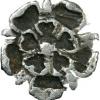




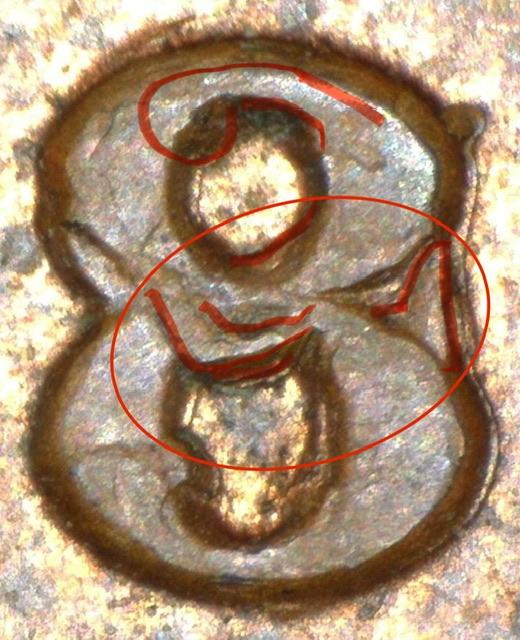
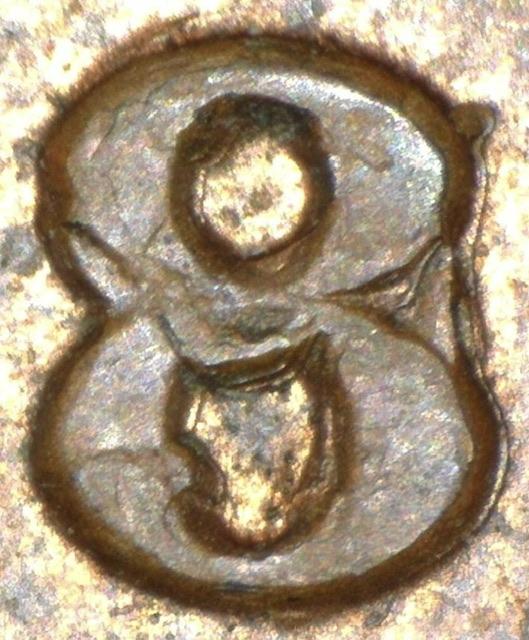
protrusionsPredecimal.thumb.jpg.f9f884d4ef8d125b5a89007d0b1d4f11.jpg)
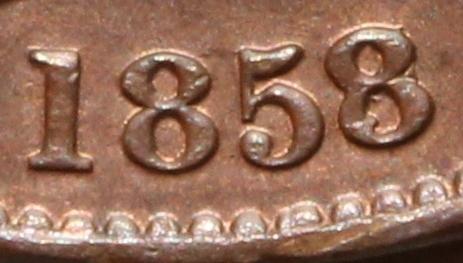
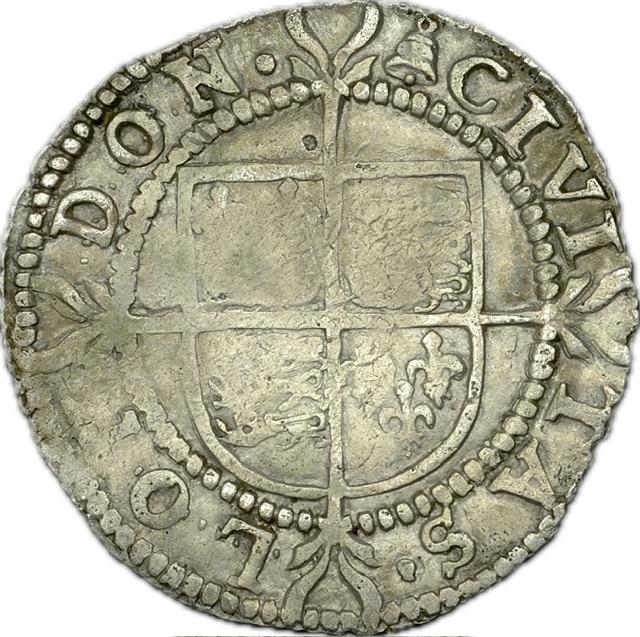
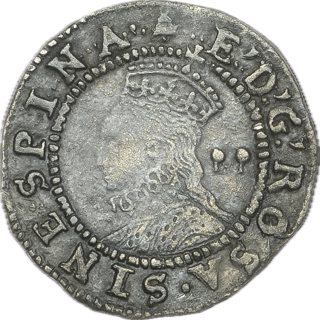
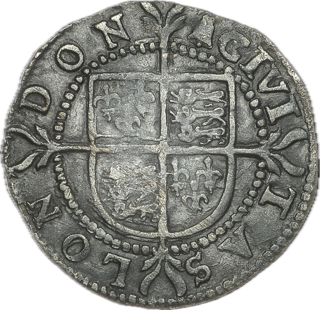
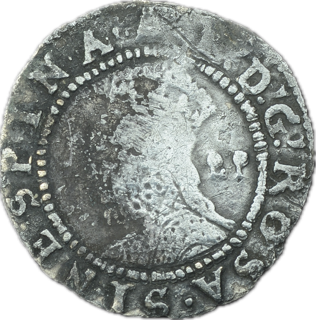
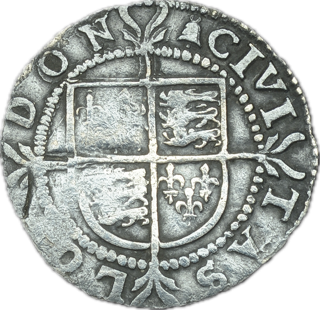
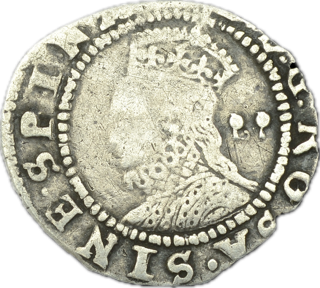
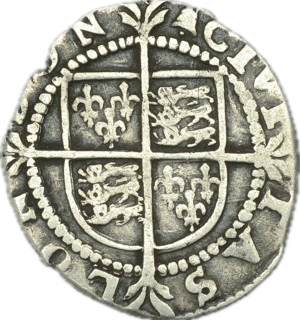
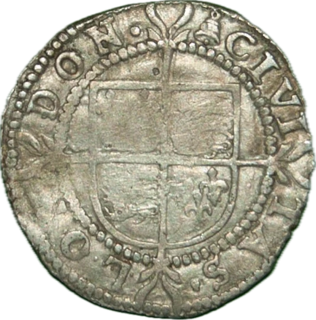
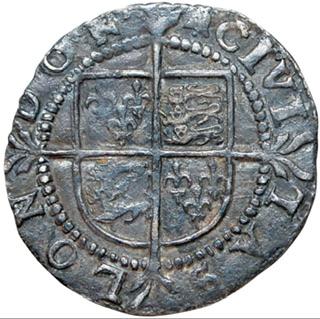
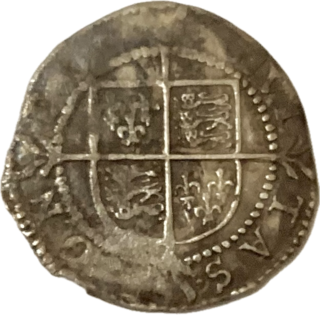
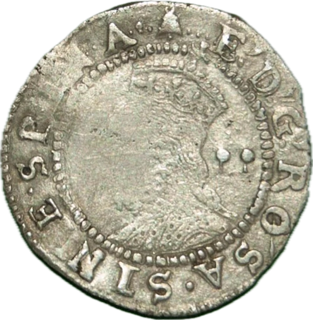
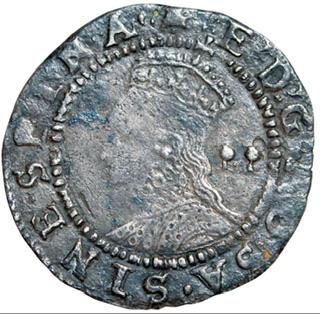
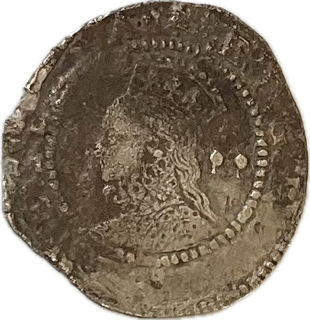
1911 penny
in Confirmed unlisted Varieties.
Posted
It looks like such a perfect ‘bead’ relative to the condition of the donor coin that I’d personally be thinking it was an old ‘spatter’ of something unconnected with its minting…soldering, braising, weld, etc.?